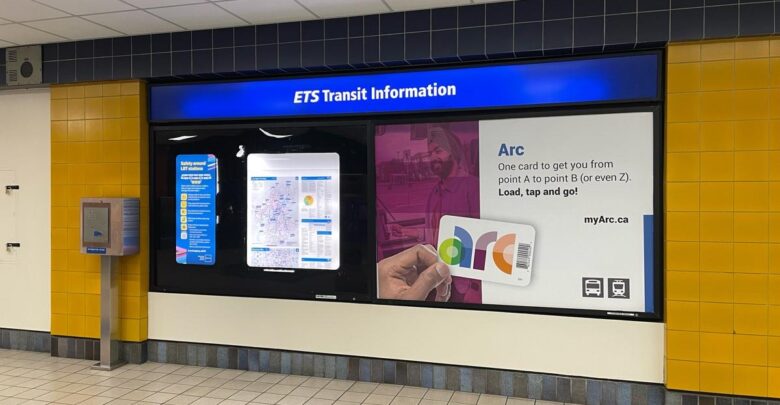 Yagya Parihar
Yagya PariharThe days of fumbling with ticket books are now coming to an end. Paying for transit in and around Edmonton has entered the 21st century with Arc, the new card-based fare payment system. You tap your card every time you ride, which the system uses to determine your fare.
The city have gone full steam ahead with this transition. But big, sweeping changes like this are never perfect. The system has shortcomings regarding usability and accessibility which make using it more difficult than it needs to be. These changes are easy for the city to fix, yet they seem to still be neglected.
Arc is already cheaper than the regular fare, and daily and monthly fare caps prevent you from overspending. As a result, 63 per cent of eligible riders have already jumped on it since last year, and the Edmonton Transit Service (ETS) has begun phasing out the older fare machines for good. This has made Arc the primary way to pay, which has made the issues with the system more evident.
The first and most glaring issue with Arc is one that regular users may have noticed by now — the readers don’t always work. They often take several seconds to recognize a card, or reject it for no reason. If you don’t confirm if your tap has properly registered, you might have to pay a higher fare or even a fare evasion fine to the city, if caught.
On the other hand, if you do wait for your card to register at the reader, the consequences range from slowing others down to missing a connection. This isn’t as much of an issue in peak hours when transit is more frequent. But off-peak, a slow reader can be the difference between being able to catch a bus home or having to wait another hour.
Apart from the readers themselves, loading the cards can be a confusing experience. To reload your Arc card, you have to either go to an LRT station, or use the online portal. The portal has user interface issues that leave a bad impression. The site makes you periodically reset your password, without clear guidance on how to do so. When you do get in, there’s also no obvious way to save your payment info when reloading a card. While the functionality is there, having to dig through menus to do these things is not good design. Fixing these issues is relatively easy and would go a long way in making the portal better to use, so why haven’t they?
What if you don’t want or have a card, though? People already have many cards. Debit cards, driver’s licenses, ID cards, Alberta Health cards — the list goes on. Adding another card for transit can be inconvenient and far too easy to lose. As a result, not everyone will want one. There are two parts to solving this. One is to create a virtual Arc card for smartphones. Cities in China, Japan, and the United States already let you pay for transit this way. The other option, as Metro Vancouver and southern Ontario have already done, is letting people pay with a debit or credit card instead. Both of these options make paying for public transit easier, consequently making transit a more attractive and accessible option for all users.
Despite the existing shortcomings and pain points with the system, Arc is a significant step forward for transit payments. It significantly cuts down on the amount of tickets and passes that have to be printed, making it cheaper and more convenient for both transit agencies and users.
Making the necessary changes is the only way to improve Arc’s usability and accessibility. In turn, paying for transit in Edmonton will become the easiest and most versatile it’s ever been. Until then, ETS users will have to withstand the small annoyances that come with using the Arc card.




